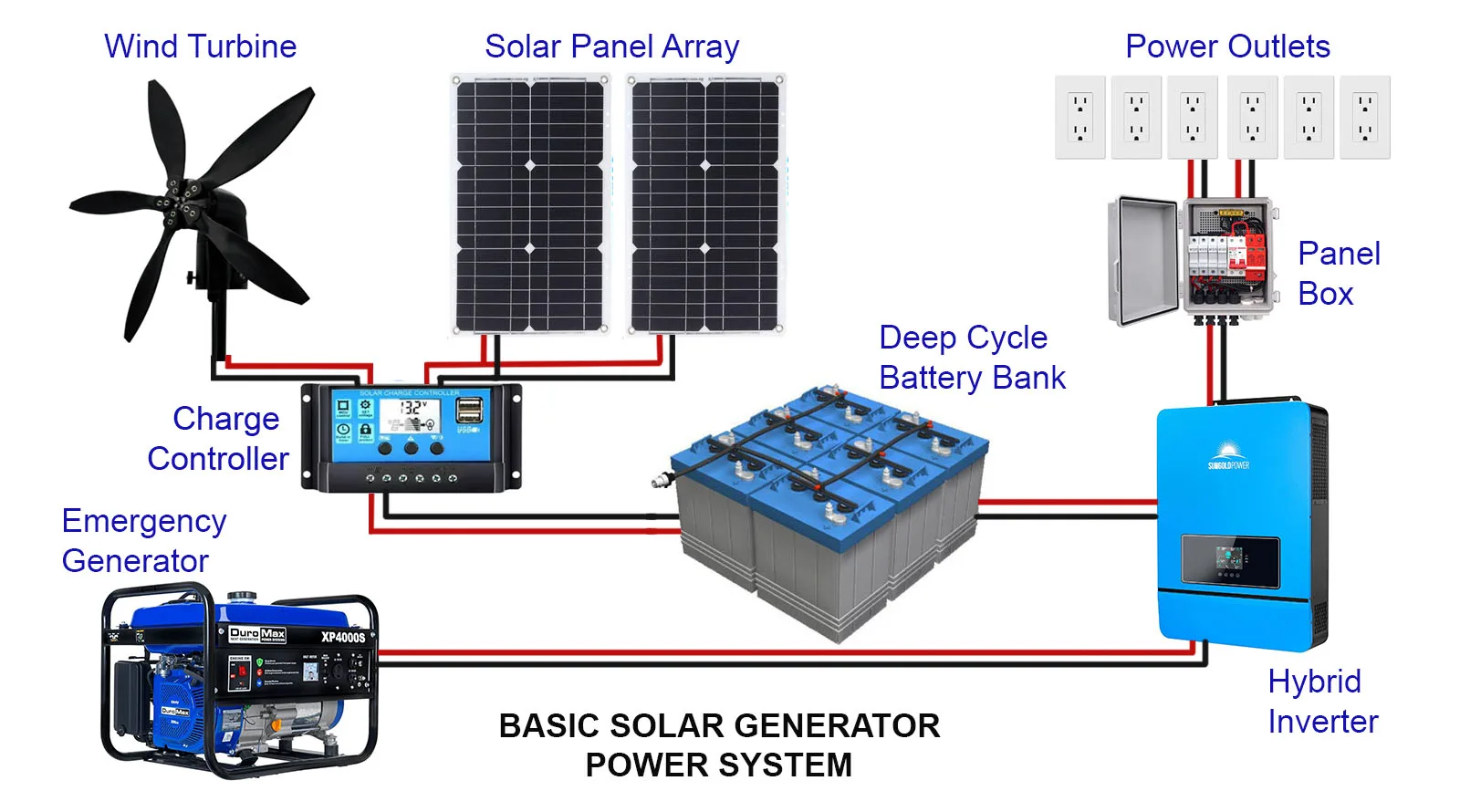Switching to solar power is a great way to reduce your dependence on the grid, cut electricity costs, and contribute to a sustainable future. But one of the most important questions to answer before making the switch is: how many solar panels do you need to power your home? Calculating this involves considering several factors such as your energy consumption, solar panel efficiency, available roof space, and sunlight hours in your location. Here’s a step-by-step guide to help you determine how many solar panels you require for your energy needs.
1. Determine Your Energy Consumption
The first step in calculating your solar power needs is understanding your current energy consumption. Your electricity bill will show your monthly energy use in kilowatt-hours (kWh). For a more accurate assessment, consider your consumption over the last 12 months to account for seasonal variations.
- Find Your Average Daily Usage: To find out how much energy you use daily, divide your monthly kWh consumption by 30. For example, if your average monthly usage is 900 kWh, your daily usage is 900 kWh / 30 = 30 kWh per day.
- Convert to Watts: Solar panel output is usually measured in watts, so it’s helpful to convert your daily usage to watts. Since 1 kWh = 1,000 watts, multiply your daily kWh usage by 1,000. For example, 30 kWh/day x 1,000 = 30,000 watts per day.
2. Understand Solar Panel Output
Solar panels come in different sizes and efficiencies, but most residential panels have a capacity between 250 to 400 watts. The output of a solar panel depends on several factors, including its wattage, efficiency, and the amount of sunlight it receives.
- Estimate Your Daily Solar Panel Output: The output of a solar panel can be calculated by multiplying its wattage by the number of peak sunlight hours in your location. For example, if you have a 300-watt panel and receive an average of 5 peak sunlight hours per day, the daily output would be 300 watts x 5 hours = 1,500 watt-hours or 1.5 kWh per day.
3. Calculate the Number of Panels Needed
Now that you know your daily energy consumption and the daily output of each solar panel, you can calculate how many panels you need.
- Determine the Total Power Needed: Divide your daily energy consumption by the daily output of one panel. For example, if your home uses 30,000 watts (30 kWh) per day and each panel generates 1,500 watts (1.5 kWh) per day, the number of panels needed would be 30,000 / 1,500 = 20 panels.
4. Factor in Solar Panel Efficiency and Losses
Not all solar panels operate at maximum efficiency all the time. Factors such as shading, orientation, and dirt or debris on the panels can reduce their output. It’s recommended to account for an efficiency loss of around 20-25% to ensure you generate enough power.
- Adjust for Efficiency Loss: If you need 20 panels based on perfect conditions, increasing this number by 25% would mean needing 25 panels to compensate for real-world conditions.
5. Evaluate Your Roof Space
Before purchasing your panels, check your available roof space. Measure the area where you plan to install the panels, ensuring there is enough room for the total number of panels required. A standard solar panel measures about 5.5 feet by 3.5 feet (around 19 square feet). Multiply the number of panels needed by the size of each panel to determine the required space.
For example, if you need 25 panels, you will require approximately 475 square feet of roof space. Ensure your roof can accommodate this area without shading or obstructions.
6. Consider Your Budget and Future Energy Needs
The cost of solar panels can vary widely depending on the type, efficiency, and brand. Determine your budget and decide if you want to start with a smaller number of panels and gradually expand. Also, consider any future changes in energy consumption, like adding electric vehicles or appliances, which may require more panels.
Best Portable or Fixed Solar Panels 2024
Conclusion: Getting the Right Number of Solar Panels
Calculating the number of solar panels you need is a multi-step process that involves assessing your energy consumption, understanding solar panel output, factoring in real-world efficiency losses, and considering your available roof space. By following these steps, you can determine the optimal number of panels required to meet your energy needs and ensure a successful transition to solar power. With careful planning and the right system size, you can enjoy the benefits of clean, renewable energy and long-term savings on your electricity bills.
Meet Hajime, your passionate blogger-prepper who believes in empowering individuals and communities with the knowledge and skills necessary to make the art of prepping accessible and practical for everyone.

















